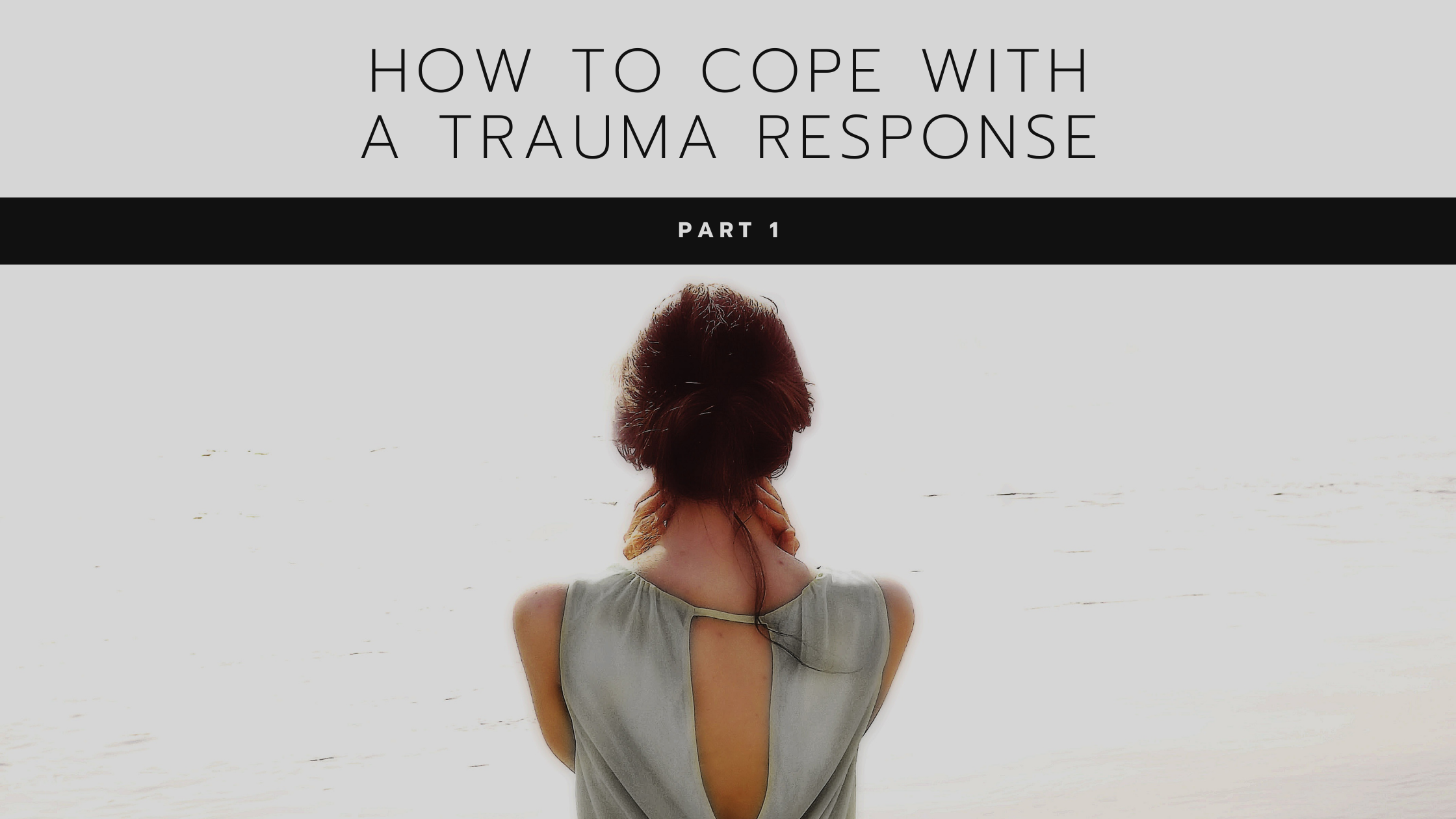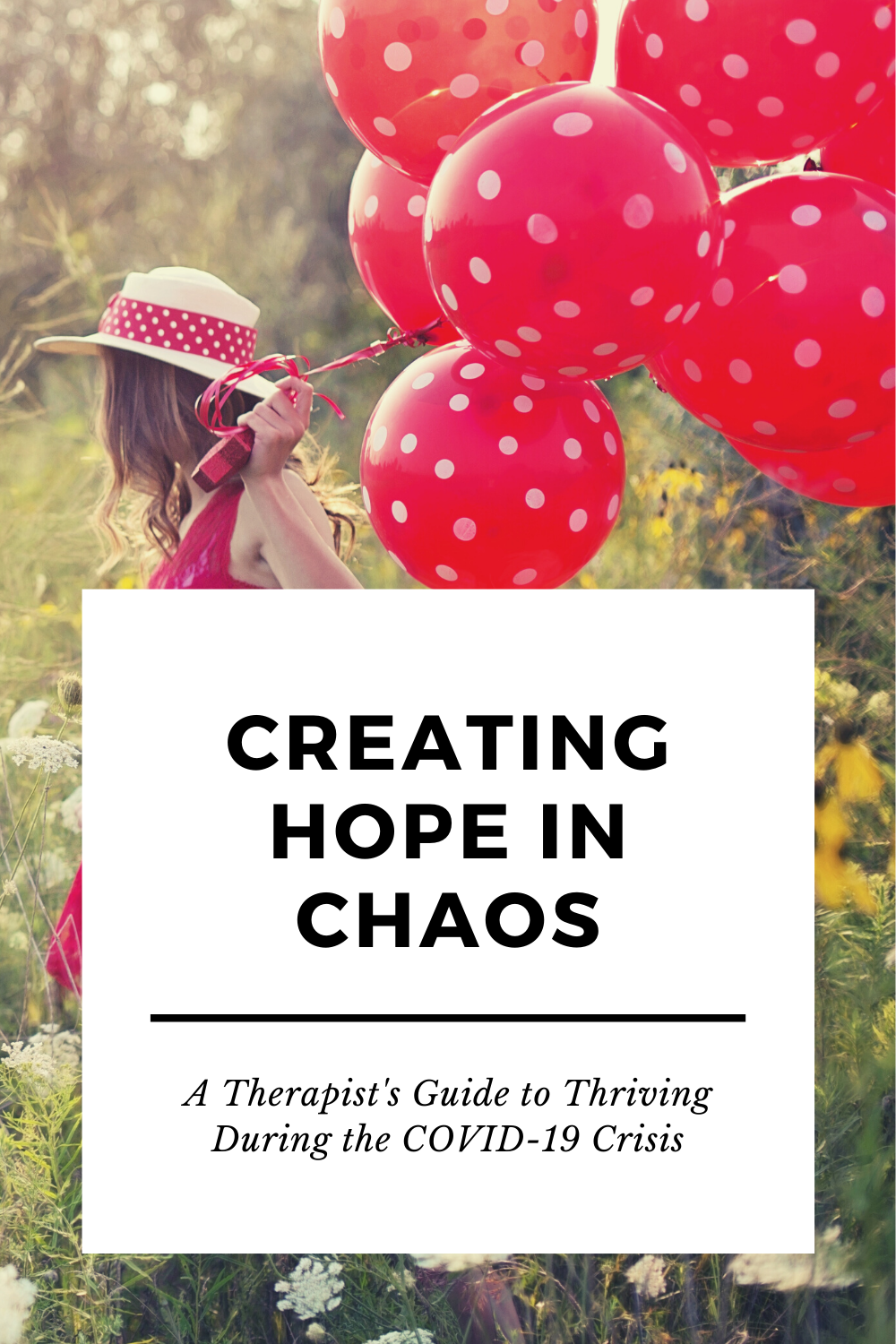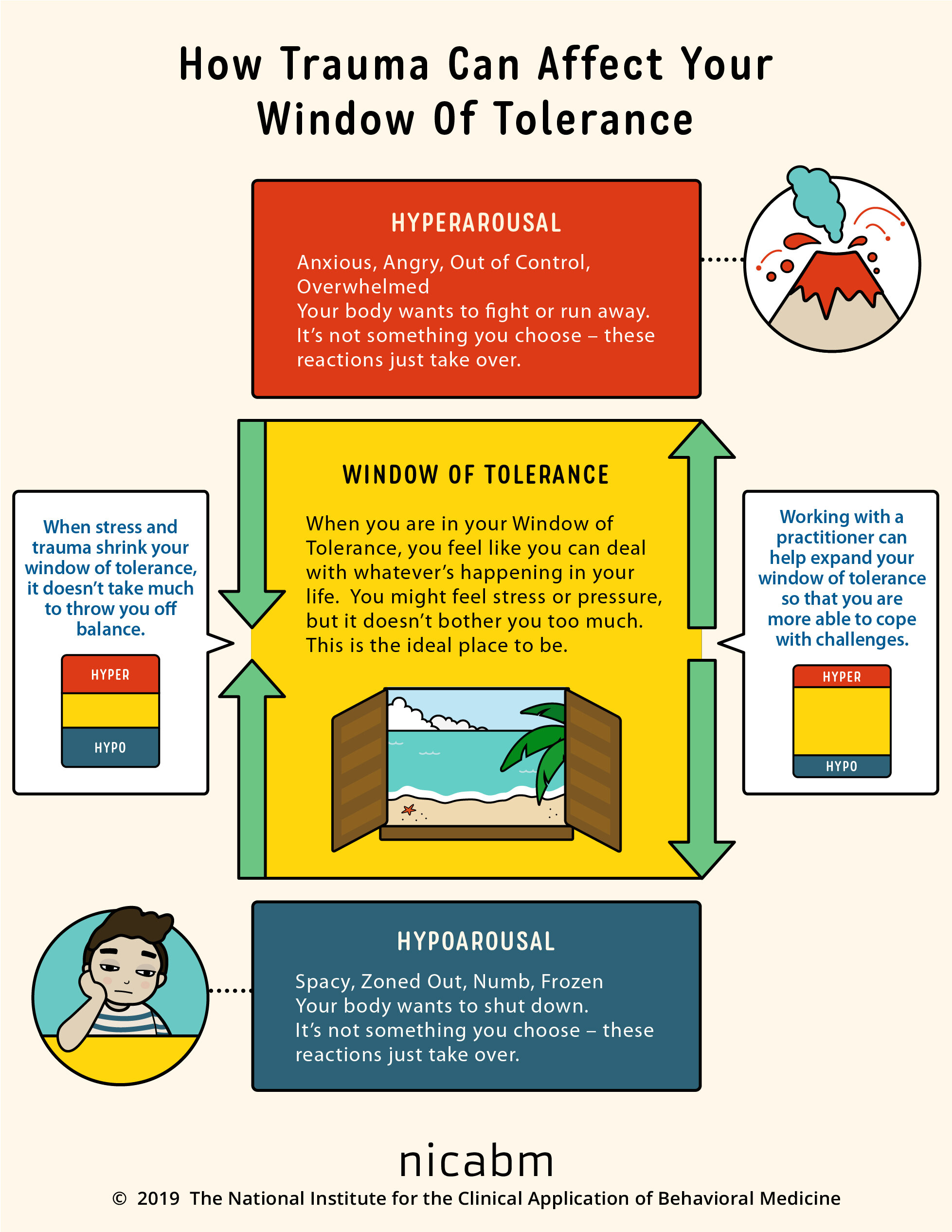Imagine you’re called into your boss’s office for a meeting about your performance at work. How are you feeling before that meeting takes place? What about while you’re in the office sitting across from him or her?
How about when your spouse says those fateful words to you: “we need to talk.” What’s going through your mind? Do you feel dread in the pit of your stomach? Resentment bubbling up internally about whatever they’re about to say?
Or maybe you’ve had to sit down with your child’s teacher to discuss their misbehavior at school. Do you immediately jump to anger and defend your child? Are you feeling shame about yourself as a parent?
We all have moments when we are caught off guard by relational tension, trauma triggers, marital strife, or unpredictable circumstances. These events can stir up strong emotions that interfere with your ability to remain present and connected to yourself and the people around you.
You might get caught up in a shame spiral, lost in a cloud of your own insecurity and negative, self-critical thoughts. Anxiety may take over and leave you feeling wired and on edge, interfering with your ability to hear what the other person is saying. You can feel rage or anger toward the person with whom you’re engaging, leading to impulsive outbursts that you later regret.
How can you cope with these intense emotional responses without letting them overwhelm you and derail the interaction?
Mindfulness
Mindfulness can be a helpful tool as you seek to soothe your anxiety, calm your fears, or reduce the intensity of your anger. A simple definition of mindfulness is observing your current experience of emotions, thoughts, behaviors, and circumstances without judgment.
The “without judgment” quality is important, as judgments we make about our circumstances are often what intensify our negative emotional response. To judge something is to see it as either good or bad. For example, you might feel intense shame after a teacher talks with you about your child’s behavior because you feel like a bad parent. Or you may be fuming at your boss because you think he or she is treating you unfairly in comparison with others in the company.
Grounding strategies are a crucial part of mindfulness, as they create an access point to move you into more present awareness. A grounding strategy uses physical sensations and sensory information to connect yourself to the present moment. It involves tuning in to what is happening in the present as opposed to what has happened in the past or what you worry will happen in the future.
Ideally, daily mindfulness practice can set you up for success in these more distressing moments. Practicing regular breathing strategies and sensory awareness allows for this response to come up more organically in your daily life. But what happens when you’re in the middle of a conversation, work meeting, or parent-teacher conference when the distress hits? What do you do when you don’t have time to take five or ten minutes away to do a more involved mindfulness exercise?
In-the-Moment Mindfulness and Grounding
These distressing situations provide an opportunity to adapt bigger-picture mindfulness skills you use elsewhere to keep you calm and engaged in the middle of challenging circumstances. Using dual attention to focus on both what’s happening in front of you and your internal experience can be a game-changer in reducing your level of distress and emotional outbursts in stressful situations.
Use radical acceptance to limit judgment.
As mentioned earlier, the judgments and comparisons we make about our circumstances are typically what most contribute to our negative reactions. Often, those judgments occur when we are powerless to change a situation. The concept of radical acceptance teaches us to accept what we cannot change in the present moment, knowing that we can survive it. Statements like “I can get through this” or “I’m strong enough to handle this” remind us that our current situation is temporary and make it easier not to judge based on the moment.
Notice the points of contact between your body and the surfaces around you.
Using this technique to connect with your sense of touch can help ground you in the present. If you’re sitting in a chair, notice your back against the seat and your feet upon the ground. If you’re standing, feel the ground under your feet. Observe the feel of your clothing as it rests on your body.
Tune in and slow your breathing.
Typically when distress, anxiety, or anger hits, your breathing will speed up and get shallow. Notice your breath and whether you can feel your chest rising and falling (a typical signal of shallow breathing). Intentionally slow down your breath and focus on breathing into your lower abdomen. Counting your breaths can be helpful here, as it can give your mind a point of focus. You could also use a breath ratio like four-square breathing (breathe in for 4 counts, hold for 4 counts, breathe out for 4 counts, and hold for 4 counts) or a 4-2-6 breath ratio (breathe in for 4 counts, hold for 2 counts, breathe out for 6 counts), if you are able to focus on counting while staying engaged.
Briefly scan through your body.
Another way to connect to yourself in the present is to complete a quick body scan. Beginning at your feet, move awareness up through your body and note any areas of tension or stress. When you feel tension, take a focused breath as if you are breathing into that area of tension and notice how it may relax in response.
Observe one item in the room.
Engaging your visual senses can help to ground you as well. Look at an item in front of you: a stapler on a desk, the vase in your living room, a poster on the wall. Notice as many details about that object as you can. Observe its shape and texture. Identify all the colors you see on it. Estimate how big that item is.
Repeat a supportive word or phrase to yourself.
Words have power, and when you can remind yourself of supportive, encouraging words in crisis, it can defuse the tension you feel. Use a short phrase like “I’m going to be okay” or “I can handle whatever happens.” If you tend to feel shame or insecurity, use affirming statements like, “I can make mistakes and still be a good person.” If you’re trying to contain out-of-control emotional reactions, remind yourself, “I can have strong feelings and still cope with this situation.” Sometimes even a short word or phrase that cues you to breathe and calm down can help: words like “relax,” “breathe,” “peace,” or “calm.”
Pray.
When you feel powerless over your emotions or the circumstance you’re facing, offer up prayer to God, who is in control. Pray for the outcome of the situation or ask God to help you stay present even though it might be challenging to do so. At times, you can match a short phrase of prayer to your breath, such as “Come, Lord Jesus” or “Holy Spirit, come.”
Hold or touch an item and notice how it feels.
Similar to noticing the points of contact between your body and the surfaces it is touching, actively holding an object can help ground you using your sense of touch. Bring a small object with you into a conversation you expect to be distressing and hold it in your pocket. You can touch the arm of the chair you’re sitting in or the table in front of you and notice how it feels. You can even hold your hands together or gently run your fingernails over the inside of your palms or fingers to observe the sensation.
Relax your facial muscles.
When we are in a stressful situation or are observing someone else’s distress or anger, we tend to mimic what we see in other’s facial expressions. This can cause us to feel the same emotion that other person is feeling. Instead, intentionally seek to relax the muscles of your face to take on a more neutral expression. Your emotions will likely follow suit.


















